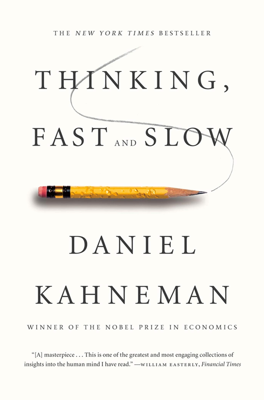Risk Policies
Risk Policies and Decision-Making Frameworks
The chapter introduces a scenario involving two concurrent decision problems that emphasize the importance of broad versus narrow framing in risk assessment. When presented with a choice between a sure gain or a risky gamble with a higher gain, and separately between a sure loss or a risky gamble with a potentially higher loss, a majority favor taking the sure gain and risking the higher loss. However, when these decisions are combined and assessed as a single comprehensive decision, the option combining both risky choices, which was initially less favored, is shown to be statistically superior.
Fallacies in Framing and Decision Consistency
This illustration reveals the inconsistency in human decision-making, challenging the notion of logical consistency in preferences, demonstrating that people tend to make isolated choices without considering the cumulative outcome of multiple decisions. Furthermore, the challenge in achieving logical consistency exposes limits to human rationality, largely influenced by the "What You See Is All There Is" (WYSIATI) phenomenon, where the effort required for comprehensive analysis is avoided.
Impacts of Risk Aversion and Loss Aversion
Narrow framing, where decisions are made separately, combines with loss aversion (the tendency to prefer avoiding losses over acquiring equivalent gains) to potentially lead to suboptimal decision outcomes. The chapter argues for the benefits of broad framing, which allows aggregation of risks and decisions, leading to optimal outcomes and better management of one's risk profile. It points out that loss aversion can lead individuals to make risk-averse decisions it sync with inevitable economics losses.
Practical Application and the Role of Risk Policies
A call is made for the adoption of risk policies, rules that one routinely applies when facing risky choices. Examples include always opting for the maximum deductible on insurance or avoiding the purchase of extended warranties. Such policies help embed risky choices within a broader context, thus optimizing decision-making.
Case Study in Organizational Decision-Making
The discussion concludes with an example from a corporate setting where a CEO prefers a collective approach to risk across multiple divisions because it statistically distributes and thus mitigates risk. This highlights how decision-makers at different levels within an organization can benefit from adopting a broader perspective that encompasses all potential outcomes across decisions.
Summary Perspective on Risk Policies and Rational Decision-Making
The chapter advocates for combining the principles of the outside view and the implementation of risk policies to combat both excessive optimism and excessive loss aversion, aiming for more rational and economically sensible decision-making practices. This combined approach helps manage the biases that cloud judgment and affect the rationality of decisions in both personal finance and corporate management.
